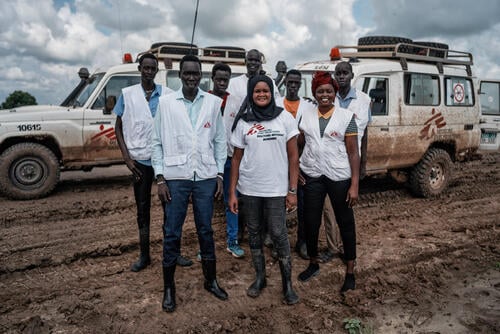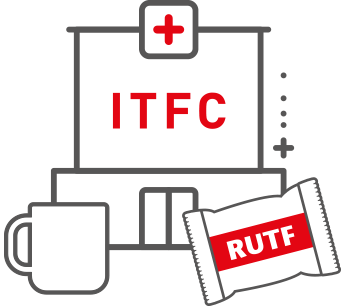Activity highlights
This data groups together direct, remote support and coordination activities. These highlights give an overview of most MSF activities but cannot be considered complete or exhaustive.
Facts and figures
MSF is an international, independent, private and non-profit organisation. It comprises 24 main national offices under the MSF International Statutes and eight specialised organisations, which provide specific activities to the benefit of the MSF movement and/or MSF entities, such as humanitarian relief supplies, epidemiological and medical research, fundraising, facility management and research on humanitarian and social action. As these entities are controlled by MSF, they are included in the scope of the MSF International Financial Report and the figures presented here.
These figures describe MSF’s finances on a combined international level for the 2023 calendar year.
All amounts are presented in millions of euros and are rounded for purposes of the tables and graphs below. This may result in apparent inconsistencies in totals.
Where did the money come from?
As in 2022, and for the second time in our history, MSF’s revenue in 2023 exceeded €2 billion. The breakdown of income by source has remained stable. Income increased by €113 million, or 5 per cent, over 2022. Half of that amount comes from one-off donations.
As part of MSF’s effort to guarantee our independence and strengthen our link with society, we strive to maintain a high level of private income. In 2023, 98 per cent of MSF’s operating income came from private sources.
More than 7.3 million individual donors and private foundations worldwide made this possible. Public institutional agencies providing funding to MSF included, among others, the governments of Canada and Switzerland; the World Health Organization (WHO); the Global Fund to Fight AIDS, Tuberculosis and Malaria; the International Drug Purchase Facility (UNITAID); and national health institutes, regional councils and municipalities of France, Luxemburg, and Switzerland.
Where did the money go?
Programme expenditure by continent
CONTEXTS OF INTERVENTION
Largest country programmes by programme expenditure
The total budget for our programmes in these 10 countries was €785 million, 52.8 per cent of MSF’s programme expenses in 2023.
LARGEST COUNTRY PROGRAMMES BY NUMBER OF OUTPATIENT CONSULTATIONS
How was the money spent?
Total expenditure
Social mission - 80% of total expenditure
Programme expenses by nature
The biggest category of expenses is dedicated to personnel costs: 50 per cent of expenditure comprises all costs related to locally hired and international staff (including plane tickets, insurance, accommodation, etc).
The medical and nutrition category includes drugs and medical equipment, vaccines, hospitalisation fees and therapeutic food. The delivery of these supplies is included in the category of transport, freight and storage.
Logistics and sanitation comprise building materials and equipment for health centres, water and sanitation and logistical supplies. Other includes grants to external partners and taxes, for example.
Human resources statistics
LARGEST COUNTRY PROGRAMMES BY NUMBER OF MSF FIELD STAFF
Staff positions
Notes on tables and graphs
Other funds include foundations’ capital and translation adjustments arising from the translation of entities’ financial statements into euros.
Outpatient consultations do not include specialist consultations.
Programme expenses represent expenses incurred in the field or by headquarters on behalf of the field. All expenses are allocated in line with the main activities performed by MSF according to the full cost method. Therefore all expense categories include salaries, direct costs and allocated overheads (e.g. building costs and depreciation).
Staff numbers represent the number of full-time equivalent positions averaged out across the year. Field positions include programme and programme support staff.
















